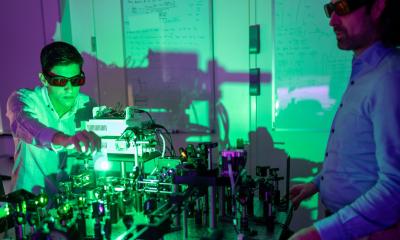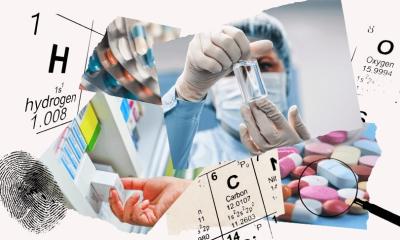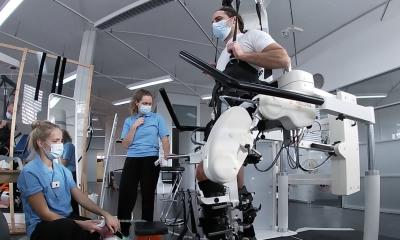Hip revision with bone grafting using inorganic bone mineral matrix
By Dr Michael Wagner, head physician at the Bethanien Orthopaedic Clinic, Chemnitz, Germany
The new European Transplantation Regulation makes it very difficult, or even impossible, to run a bone bank from 2007 onwards.
Femoral heads harvested from sound donors during total joint replacement have been used worldwide for decades. Since this well-established procedure may be no longer applicable in the future other proven materials are necessary to fill bone defects.
From February to July 2006, at the Orthopaedic and Trauma Department, in Chemnitz, a series of 15 acetabular revisions with major bone defects was conducted, using inorganic bone mineral matrix of bovine origin.1 This mineralised bone matrix is chemically comparable with mineralised human bone. Many earlier animal experimental studies had proved the excellent osteoconductivity.
The average age of the surgical patients was 75 (56 – 84 years). No additional bone grafts where used, no structural allografts were necessary to reconstruct the bone defects in the pelvis.
The defects were filled with bone matrix; antiprotrusio cages and acetabular reconstruction rings were used as acetabular prosthetic components.
The postoperative course was uneventful in all 15 cases. No revision was necessary, no infection occurred. In the short-term follow-up, the clinical and radiological examinations showed no changes; there was no resorption of the commercially available bone graft. No implant migration could be defected.
The inorganic bone mineral matrix, of bovine origin, seems to be a good substitute for human bone in total hip revision surgery. It is suitable to fill even major defects, but it is no substitute for structural allografts. The short-term results, in mainly cavitary defects, are promising; the use of this material does not need any difficult preparation because it can be stored on the shelf without needing refrigeration.
1 Orthoss manufacturer: Geistlich Pharma AG, Bahnhofstrasse 40, CH-6110 Wolhusen
17.11.2006











